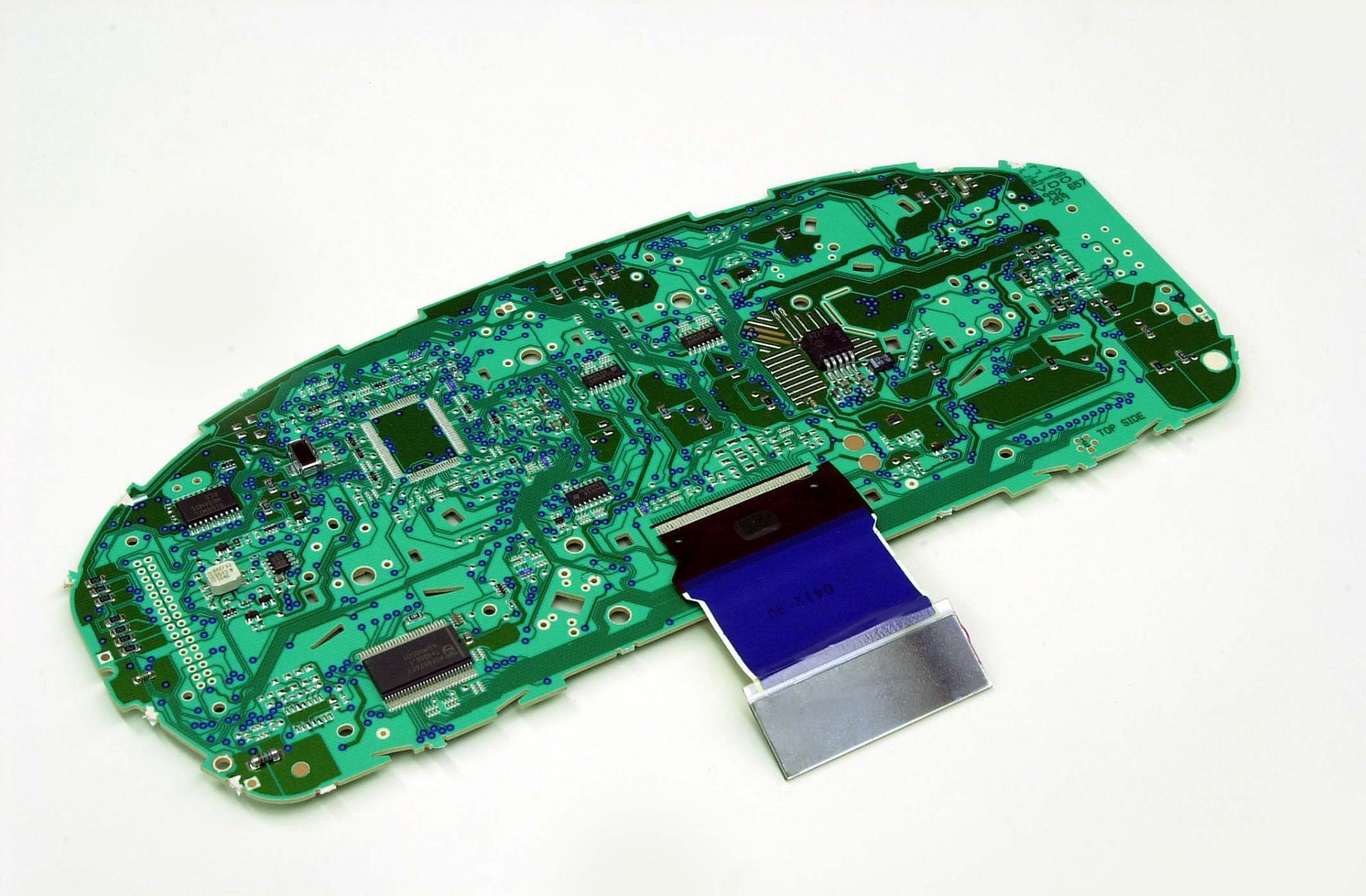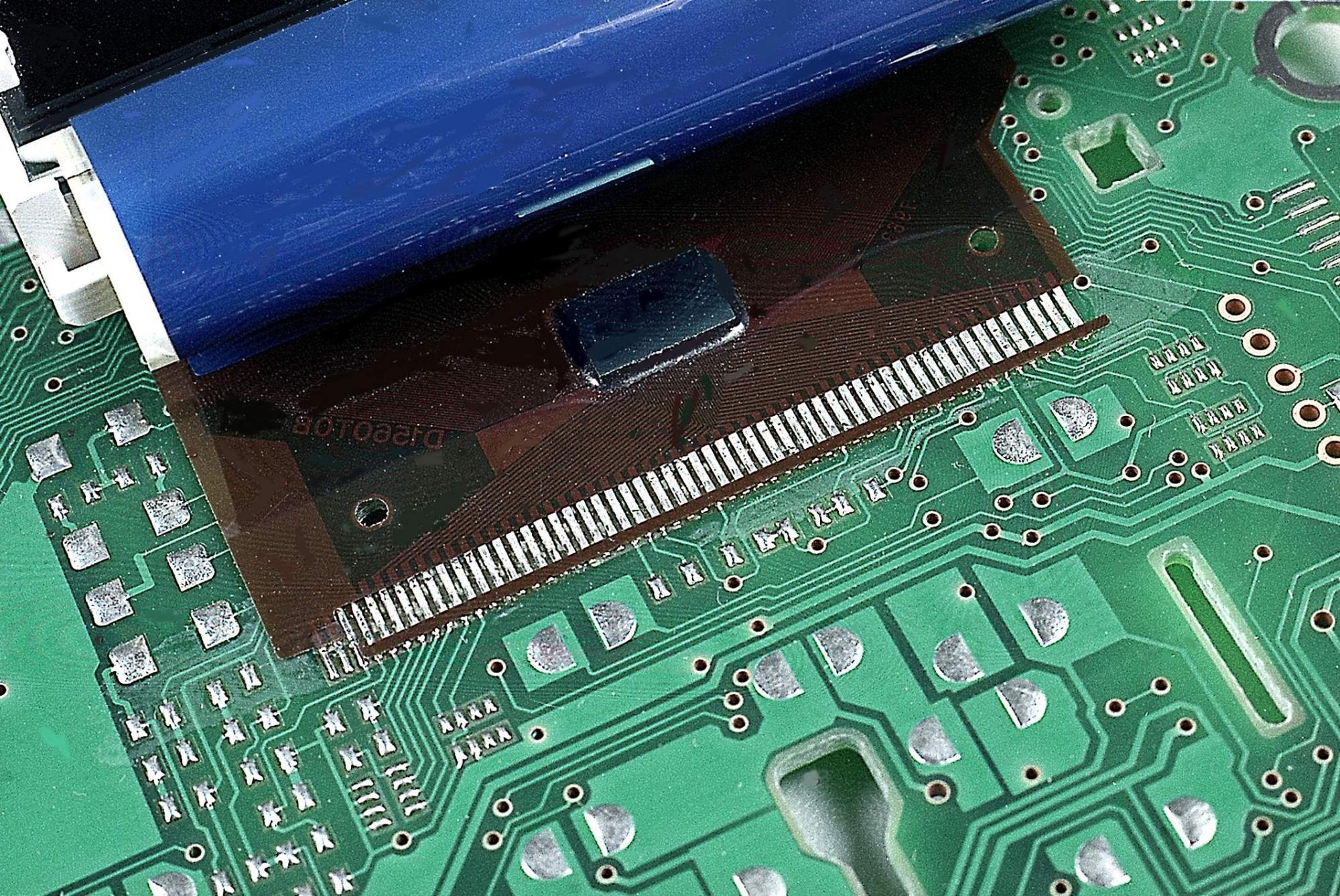You are here
Hot Bar Bonding
Hot Bar Bonding is a general term for a variety of process technologies such as Hot Bar Reflow Soldering, Heat Staking, ACF Laminating/pre-Bonding and Heat-Seal/ACF Final bonding. The Hot Bar Bonding process is carried out using a “thermode” or "Hot Bar" which is heated and cooled through a closed-loop controlled process to create an electrical interconnection between the materials.
The electrical resistance and design of the thermode produces the energy necessary to heat the joining area and to create the interconnection. As the electricity flows through the thermode, the heat generated is conducted directly into the product.
Hot Bar Bonding Techniques:
Hot Bar Reflow Soldering is a selective soldering process where two pre-soldered parts are heated to a temperature that causes the solder to flow and re-solidify forming a permanent bond between the parts
ACF Laminating/pre-Bonding is a Hot bar Bonding technique for attaching PCBs to displays using a conductive adhesive and to flex foils using an electrically conductive adhesive material. The ACF Laminating/pre-Bonding process is the first step in applying the adhesive material to the part.
Heat-Sealing/Final bonding is a Hot Bar Bonding technique for final bonding and attaching PCBs to displays using a conductive adhesive and to flex foils using an electrically conductive adhesive material.
Heat Staking is an assembly process in which two materials with at least one plastic part are moulded together through a temperature-controlled process. This type of application can be processed with a piece protruding from one part that fits into the hole of the second part. The piece is then deformed by applying heat and force through the thermode which forms a head that locks the two pieces together. Visit our page on Heat Staking to find more detailed information about the process.
Hot Bar Bonding Applications
Hot Bar Bonding Techniques are reproducible, quantifiable, and traceable due to quality standards such as ISO / NIST. Typical applications are connecting flex-foils to printed circuit boards (PCB) or LCD glass panels, wires, coax cables and many other materials such as very light or small components









